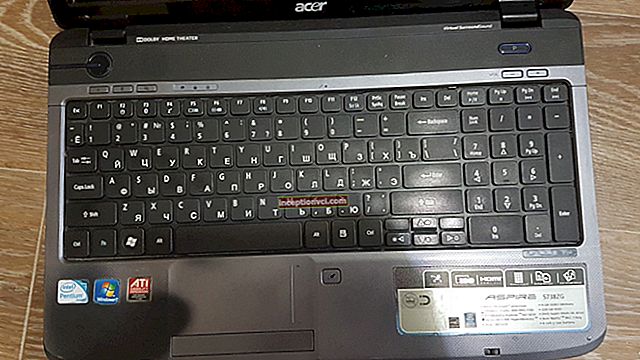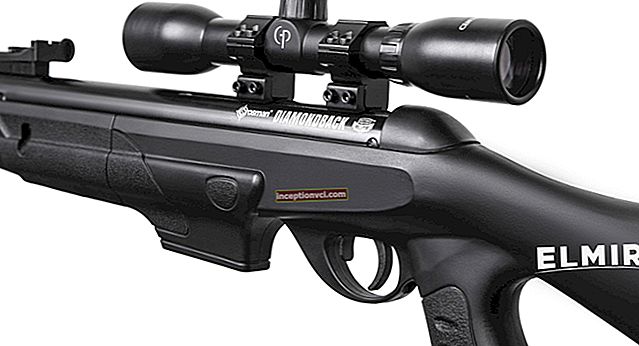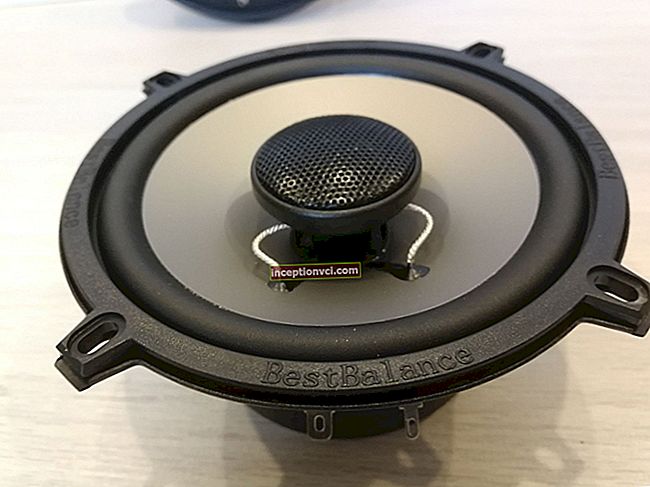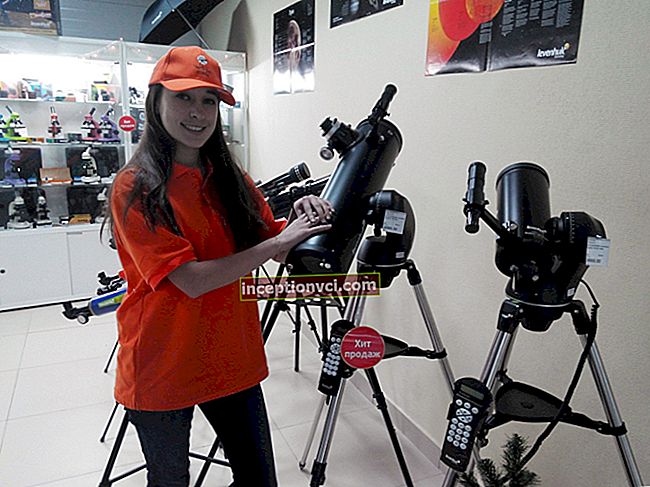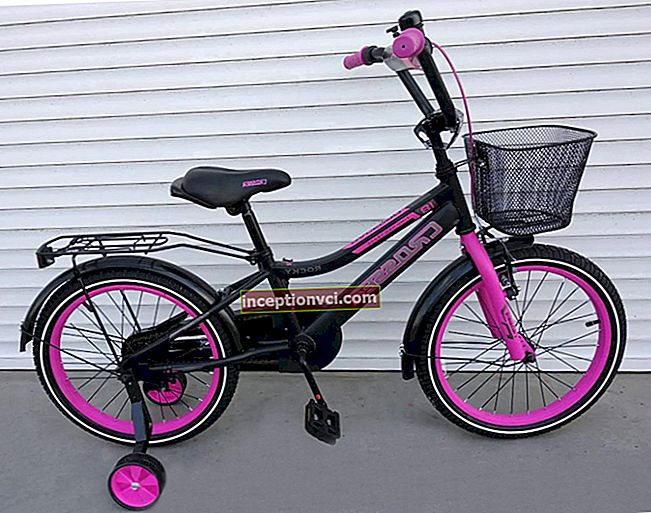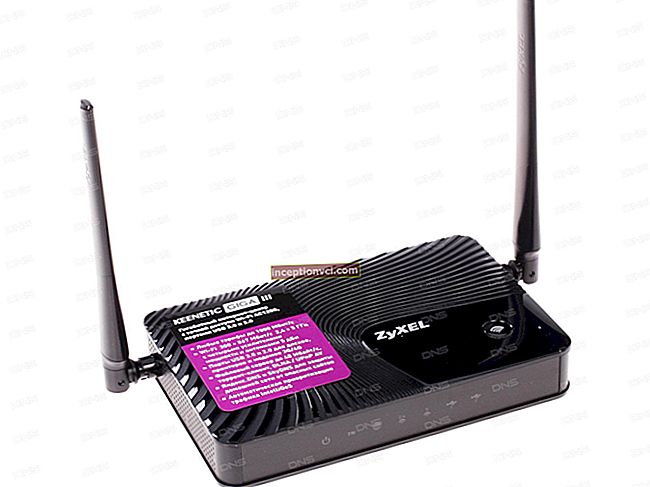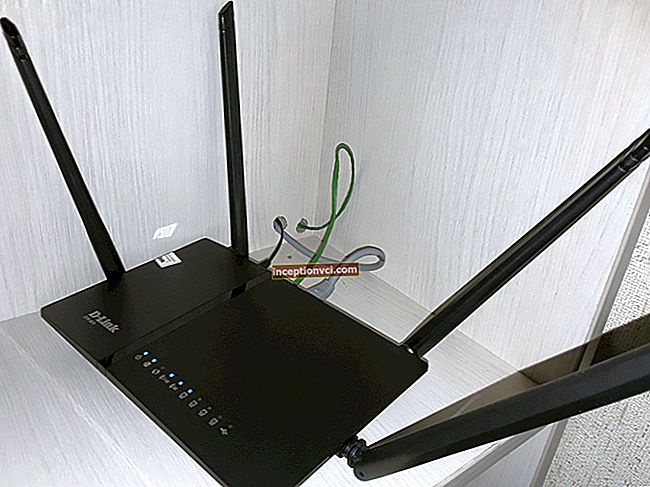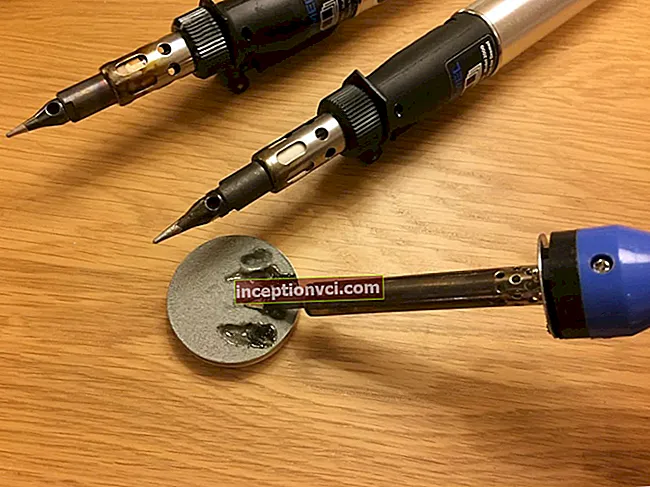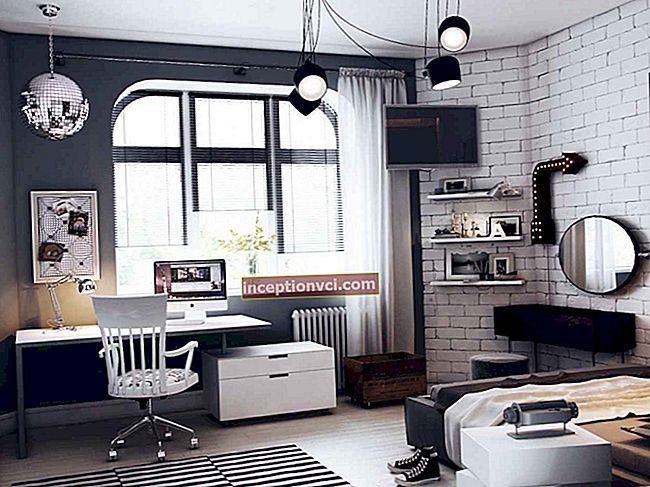NOKIA N 93 i
NOKIA N93i Specifications
Standard: EGSM 850/900/1800/1900 MHz WCDMA 2100
Dimensions: 108 x 58 x 2B mm
Weight: 163 g
Display: external - OLED, 65536 shades, 128 x 36 pixels; internal - TFT, 16 million shades, 240 x 320 pixels
Battery: Li-Ion 950 mAh
Talk / standby time: 5/240 h
Operating system: Symbian OS 9.1 S60 3rd edition
Data transfer: W-LAN, WAP 2.0, xHTML, GPRS, EDGE, Bluetooth 2.0, IrDA, USB 2.0, TV-out
Additionally: RealOne Player, optional media player, Visual Radio, miniSD card support, 30 games, photo album
Camera: 3.2 megapixels, autofocus, effects, sienna selection, 3-optical pum, digital zoom, video recording with sound (30 frames per second in VGA resolution)
The cameraphone mastodon is back. In its new incarnation, it has become even more technocratic, refined and more radical. Meet: before you a brilliant remake of the recent evolutionary crown of the N-series, the real N93 improved video nag.
APPEARANCE

The first information about the upcoming update of the N93 model - a demonstration of the company's technological power embodied in metal and plastic - appeared almost simultaneously with the terminal's entry into the European market. This is not surprising: already in the first days of sales, the "multimedia computer" managed to acquire the glory of a very controversial device.
On the one hand, the capabilities of the novelty in terms of shooting and video playback - the main mobile technology trend in 2006 - were simply fantastic: 30 frames per second with a resolution of 640 x 480 pixels. On the other hand, the device had an unreasonably large size and weight, which, as a result, scared off even ardent fans, who at first persistently insisted that “there should be a lot of good smartphones”. Criticism rained down from all sides: as it turned out, the pictures obtained by the much more affordable and compact N73 were no worse, and with the firmware upgrade they are sometimes even better than those of the N93. The same could be said for its performance.
The incident with the Nokia Software Updater added fuel to the fire: at first, the N93 was added to the list of devices subject to custom firmware, but very soon it was removed from it. It became clear that something was wrong with the smartphone.
All the i's were dotted on January 8, 2007 in Las Vegas: at CES, a modified version of the terminal, N93i, was announced.
Restyling is a fundamental concept in the automotive industry. If in the middle price segment, the planned upgrades of headlights or bumpers are aimed at reviving the demand that has subsided in a year or two, then in the premium class, where each new model marks the result of the emergence of a whole bunch of technologies, the car is sometimes produced in a somewhat simplified appearance: competitors relax and after a few months they receive an unexpected and devastating blow. It is likely that the urgent launch of the serial predecessor of the improved version N93i pursued the same goals. At first glance, it seems that the massive cover of the N93 with an embrasure display is as if cut off by a laser beam: the front surface of the N93! perfectly polished and successfully replaces the mirror. Like a diode in a cyborg's eye socket, the magnetic cold glow of a blue OLED display shines through it, easy to read even on a sultry afternoon.
The smartphone has become noticeably lighter, thinner and sleeker. There was a migration of structural elements: the infrared port and the polyphonic speaker migrated to the left side of the smartphone, and the memory card slot - to the right. The rubber plugs for the slot and interface connector have been modified: they were replaced with more tight-fitting plastic ones and fixed with one end on the case - it is no longer possible to accidentally drop them and lose them, and using the slot and connector is much more convenient.
The camera unit remained unchanged, it was only made a couple of millimeters thinner. The hinge on which the lid rotates is now fully visible: there is a kind of rough grace in its massive fracture.The joystick located under the camera button on the left side of the device has become larger and more ergonomic.
The only modification causing bewilderment was the transfer of microphones intended for stereo sound recording, in fact, to one point - to the upper end of the terminal. The usefulness of such an arrangement is, to put it mildly, questionable.
CAPABILITIES

The main aspect of the upgrade concerns the internal 2.4-inch QVGA display: now its matrix displays 16.7 million colors. However, the viewing angles and contrast are still flawless. To facilitate work in the sun, a mirror substrate is used. The fact that the screen is still devoid of protective glass raises some concerns. The new monolithic keyboard against the background of the solid proportions of the gadget looks like it was pushed inward by a miniature hydraulic press. The keys themselves are large and comfortable, although their travel is minimal. An unpleasant impression is left by the rather sharp edges of the case, framing the keyboard - due to the considerable mass of the smartphone, they cut into the fingers when using it for a long time. The 3.2-megapixel camera is structurally identical to the one used in the N93 and is still the best mobile solution for shooting video ahead of the N95. The slight improvement in the quality of her pictures is due to the upgrade of the firmware.
Alas, the battle for millimeters led to a decrease in the capacity of the installed battery: 950 instead of 1100 mAh. In practice, this leads to a decrease in battery life up to one and a half days, with active use of the camera and other multimedia functions - and even up to one day. The package bundle of the device has become even richer: in addition to the terminal itself and the charger, it now includes a wired stereo headset, a data cable, a phone case, an audio-video cable with standard tulip connectors, which allows you to view the footage on any TV and, most the main thing is a much more appropriate 1 GB memory card (remember that the N93 came with a 128 MB memory card, which was enough for only 15-20 minutes of video recording).
CONCLUSIONS
Until the release of the Nokia N95, the N93i remains the flagship of the N-series, but its extremely bulky body makes it clear that your pockets are going to be tough. The likely audience for this gadget is wealthy fans of the "high-tech" in all its forms, as well as those who like to make an indelible impression on the weaker sex.
"+" Irresistible design, unparalleled video quality
"-" Reduced battery capacity, no A2DP support
ALTERNATIVE

The Sony Ericsson K810i can hardly compete with the Nokia N93i in terms of video recording. The camera resolution is the same for both devices, but the video shooting capabilities of the first one are limited by the resolution of 176 x 144 pixels. However, the Sony Ericsson K810i is perfect for those who need a good camera phone for taking photos without the mandatory functionality of a smartphone.
